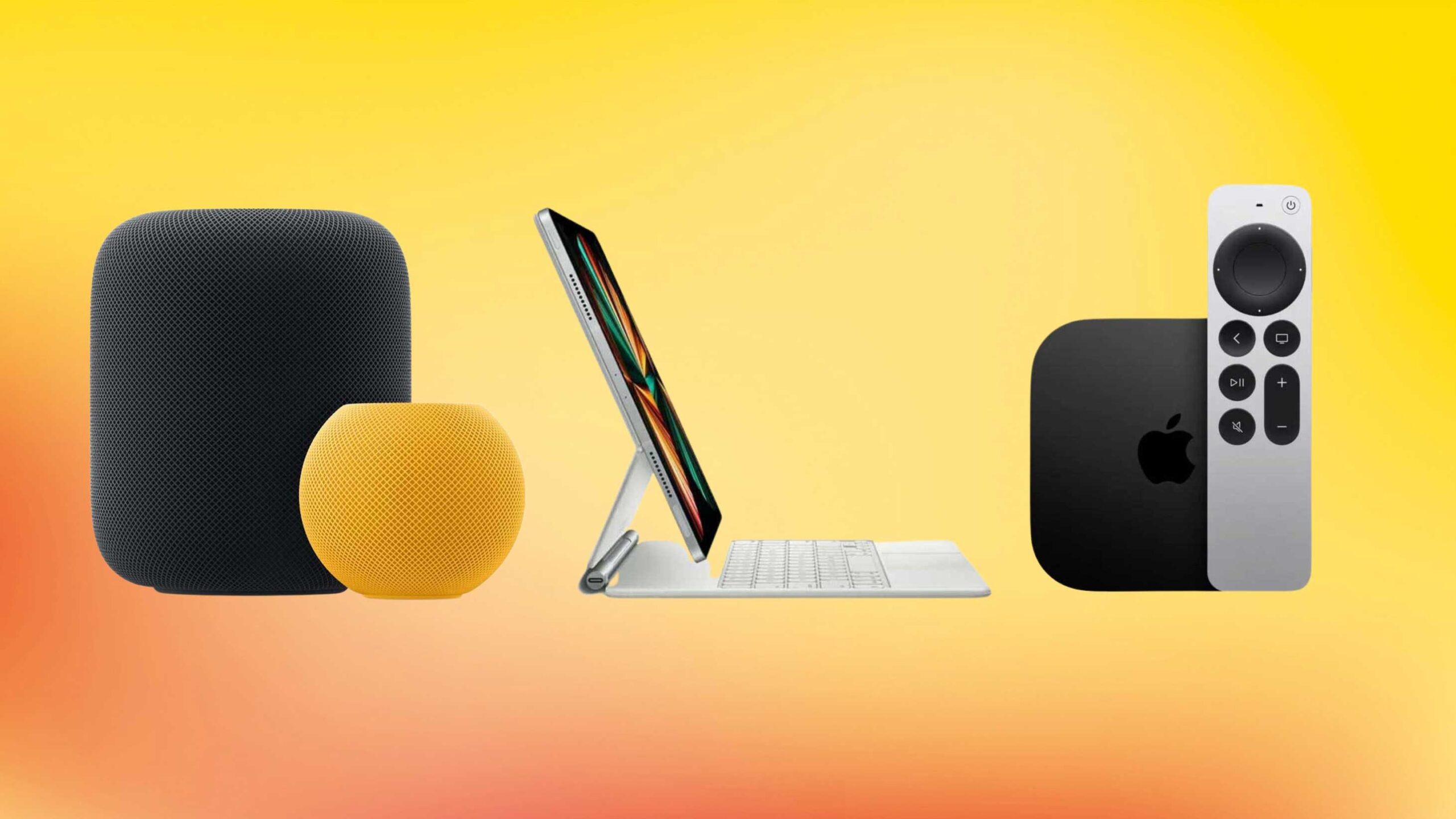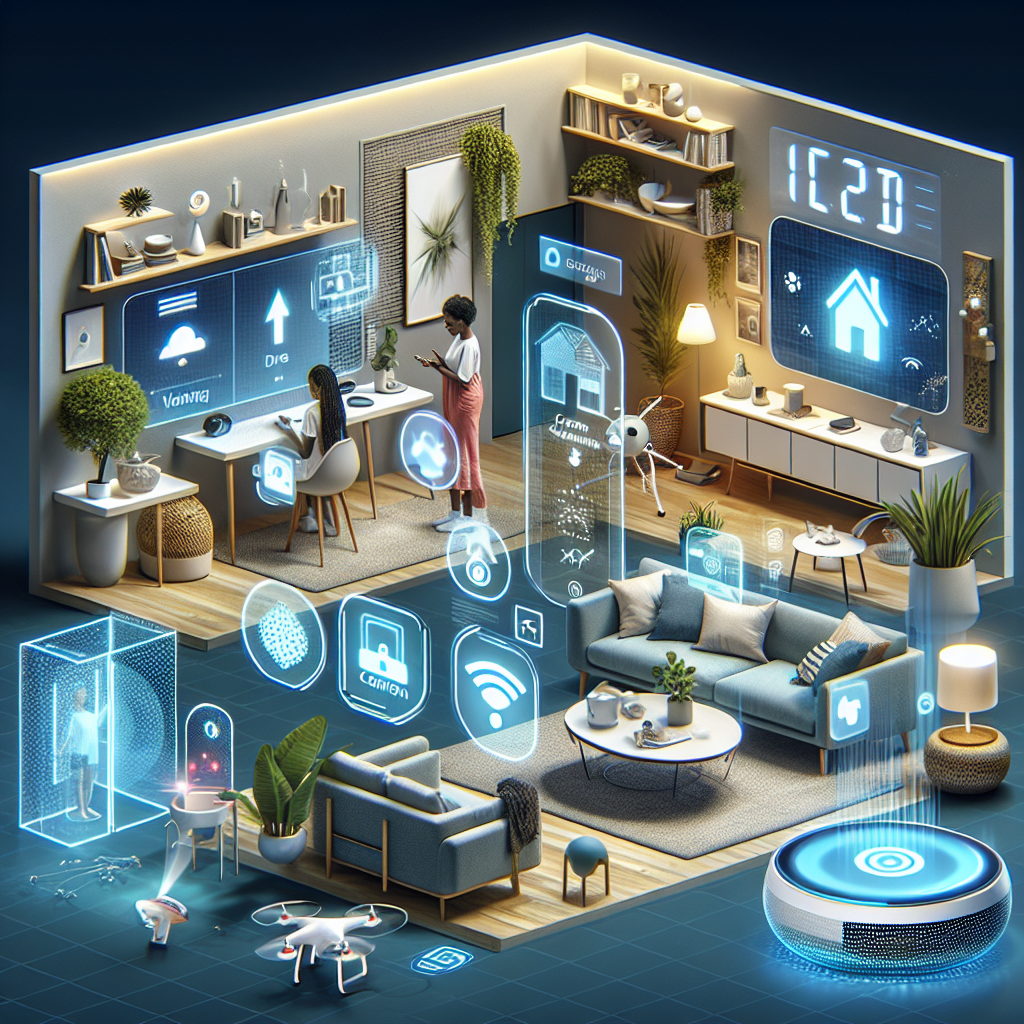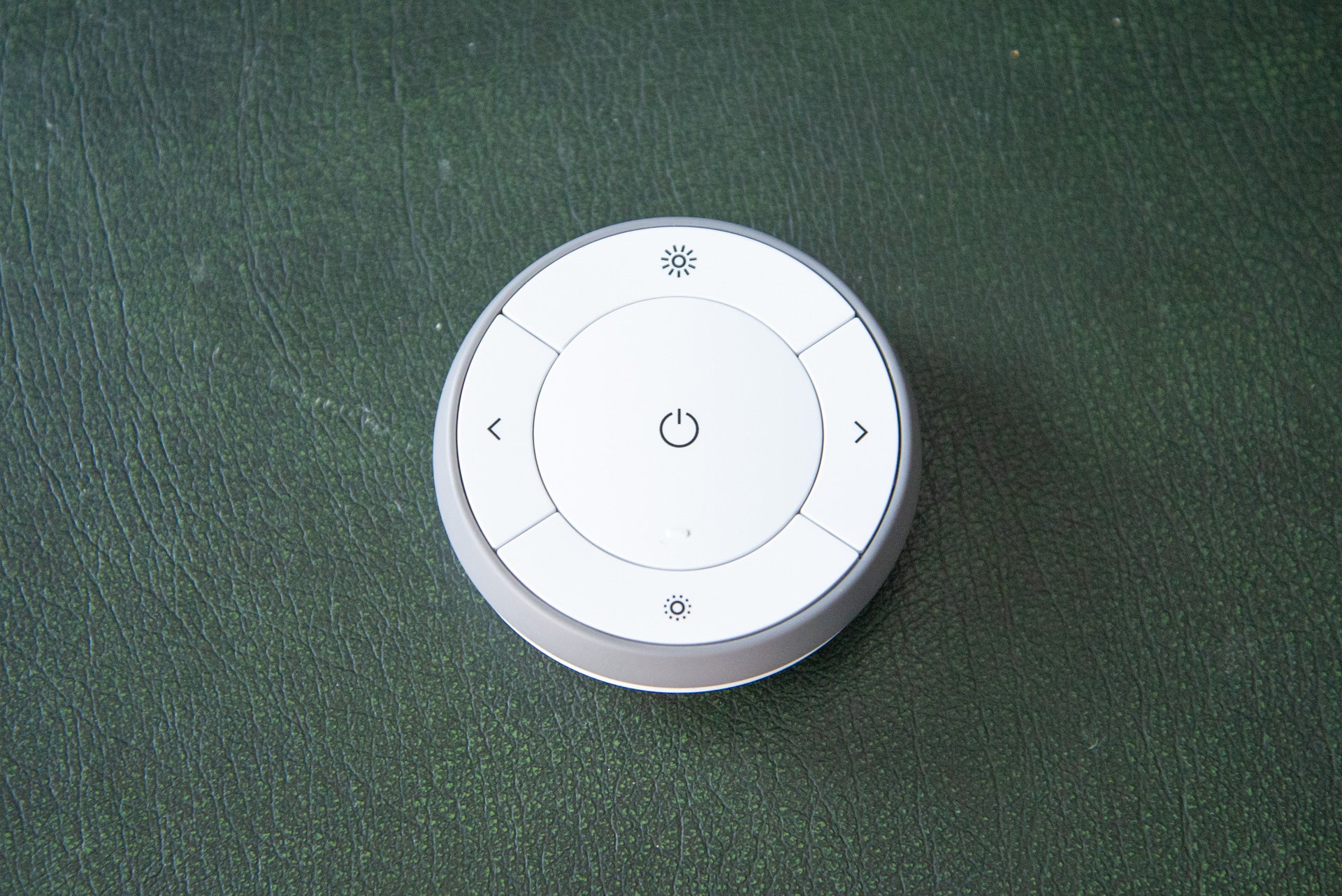Table of Contents

Key Takeaways
-
The SmartThings Hub is not natively compatible with Apple HomeKit, but can be connected using third-party software like Homebridge.
-
Homebridge acts as a bridge to link SmartThings devices to Apple HomeKit, allowing control through the Home app and Siri voice commands.
-
Integrating SmartThings with HomeKit offers benefits like simplified smart home management and enhanced automation possibilities.
-
Setting up Homebridge requires some technical steps, but it’s a doable project for those who are comfortable with basic tech tasks.
-
For those who need assistance, expert help is available—just Contact Us for support in integrating your SmartThings Hub with Apple HomeKit.
Exploring SmartThings Hub and Apple HomeKit Compatibility
Smart home enthusiasts often find themselves at a crossroads when choosing between various platforms and devices that promise to make life easier. Among the plethora of options, Samsung’s SmartThings Hub and Apple HomeKit stand out as two of the leading contenders. But the question remains: Can these two seemingly disparate ecosystems work together harmoniously?
What is SmartThings Hub?
The SmartThings Hub is the brains of the operation when it comes to Samsung’s ecosystem of smart home devices. Think of it as a translator, allowing devices that speak different languages, such as Zigbee and Z-Wave, to understand each other and work together. It’s a central point that connects smart sensors, lights, locks, and more, enabling you to manage them from a single app on your smartphone or tablet.
Understanding Apple HomeKit
On the other side of the smart home spectrum is Apple HomeKit, a system designed for iOS users to control their smart home devices. HomeKit emphasizes simplicity and security, allowing users to manage their devices through the Home app or by using Siri voice commands. It’s a streamlined experience that’s built into Apple’s ecosystem, offering convenience and ease of use for those invested in Apple products.
Most importantly, both SmartThings and HomeKit aim to create a more intuitive and automated living environment. However, they operate on different protocols and platforms, which traditionally has posed a challenge for users who want to enjoy the best of both worlds.

Prospects of Integration
Current Compatibility Status
As of now, SmartThings and Apple HomeKit do not natively support each other. This means you cannot directly control SmartThings devices through the Home app or use Siri to command them. This lack of native compatibility can be a hurdle for those who have invested in both ecosystems and wish to create a cohesive smart home experience.
Third-Party Workarounds
However, where there’s a will, there’s a way. The smart home community is resourceful, and third-party developers have created solutions to bridge the gap between SmartThings and HomeKit. The most prominent of these solutions is Homebridge, an open-source software that acts as a bridge between non-HomeKit devices and Apple’s platform.
With Homebridge, you can add SmartThings devices to the Home app and control them using Siri on your iPhone, iPad, or Mac. This workaround effectively broadens the capabilities of your SmartThings Hub, bringing it into the fold of Apple’s HomeKit environment.
Therefore, while SmartThings and HomeKit might not be officially married, they can certainly date with the help of Homebridge.
Configuring SmartThings on Homebridge
Let’s dive into the nitty-gritty of linking your SmartThings Hub with Apple HomeKit using Homebridge. First, you’ll need to install Homebridge on a compatible system—this could be a computer that’s always on, like a home server, or even a Raspberry Pi. Homebridge serves as a platform that emulates the iOS HomeKit API, allowing your non-HomeKit devices to appear as native Apple Home accessories.
Once you’ve got Homebridge up and running, you’ll install the SmartThings plugin. This is a piece of software that connects Homebridge to your SmartThings Hub. It’s like introducing two friends at a party and watching them hit it off. The plugin will require you to input some information from your SmartThings developer account, which is a straightforward process. And just like that, you’ve laid the groundwork for a harmonious relationship between SmartThings and Apple HomeKit.
Benefits of Linking SmartThings with HomeKit
Combining SmartThings with HomeKit might seem like a tech enthusiast’s weekend project, but it has some real, tangible benefits that can make everyday life a bit more magical. For starters, it brings together the vast array of SmartThings-compatible devices with the elegant simplicity of Apple’s interface and voice control. This means more control, less hassle, and a smarter smart home.
Simplified Smart Home Management
Imagine controlling all of your smart devices from a single app. That’s the beauty of integrating SmartThings with HomeKit. Instead of juggling multiple apps for different devices, you have one unified dashboard. It’s like having a universal remote for your entire home.
And it’s not just about convenience. It’s about efficiency, too. With HomeKit, you can create scenes that adjust multiple devices at once. For example, a ‘Good Night’ scene could lock your doors, turn off the lights, and lower the thermostat—all with a single tap or voice command.
Here’s an example to illustrate the point:
“I used to fumble around with several apps to get my house ready for bed. Now, with my SmartThings devices integrated into HomeKit, I just say ‘Hey Siri, good night,’ and my home prepares itself for the evening. It’s like living in the future.”
Enhanced Automation Scenarios
HomeKit’s automation capabilities are a game-changer when combined with SmartThings. You can create triggers based on location, time, or sensor detection. This could mean your lights turn on as you arrive home or your coffee maker starts brewing when your morning alarm goes off. The possibilities are as vast as your imagination.
Unified Voice Commands with Siri
One of the most compelling reasons to integrate SmartThings with HomeKit is the ability to use Siri for voice commands. “Hey Siri, unlock the front door” or “Hey Siri, turn on the living room lights” becomes part of your daily vernacular. It’s a seamless experience that feels natural and responsive.
And with the added bonus of HomeKit’s secure framework, you can rest assured that your voice commands and smart home control are protected with industry-leading encryption.

DIY Integration for Enthusiasts
If you’re the kind of person who loves a good DIY project, integrating SmartThings with HomeKit will be both rewarding and fun. It’s a chance to tinker with technology and customize your smart home setup to your exact preferences.
Preparation and Prerequisites
Before you begin, make sure you have the following:
-
A SmartThings Hub and devices already set up and functioning.
-
A dedicated computer or Raspberry Pi to run Homebridge.
-
A stable Wi-Fi network that both your SmartThings Hub and Homebridge device can connect to.
Once you’ve got all the gear, you’re ready to start the integration process.
Detailed Step-by-Step Integration Guide
Integrating SmartThings with HomeKit via Homebridge involves several steps, but here’s a simplified breakdown:
-
Install Node.js on your computer or Raspberry Pi—this is the software environment that Homebridge runs on.
-
Download and install Homebridge, following the instructions specific to your platform.
-
Install the SmartThings plugin through the Homebridge UI and configure it using your SmartThings API information.
-
Add the Homebridge to the Home app on your iOS device by scanning the QR code Homebridge provides.
-
Organize your devices in the Home app, assigning them to rooms and setting up any desired automation.
With these steps complete, your SmartThings devices should now be controllable through Apple’s Home app and Siri.
Exploring Smart Alternatives
If you’re looking for a simpler solution or need additional support, there are smart alternatives to consider. Besides the DIY Homebridge approach, there are services and experts ready to help streamline the process.
Top Tools for Seamless Integration
Some of the top tools and platforms for integrating SmartThings with HomeKit include:
-
Homebridge, as we’ve discussed, is a powerful open-source option for those who like to DIY.
-
HOOBS (Homebridge Out Of the Box System) offers a more user-friendly approach to the same idea, with pre-configured systems available for purchase.
-
Third-party services that specialize in smart home integration can take care of the setup for you.
Each option has its merits, and the best choice depends on your comfort level with technology and your specific needs.
Besides that, remember that integrating different smart home ecosystems can lead to a more efficient and enjoyable home environment. But, if you ever feel overwhelmed or just want to ensure everything works perfectly, don’t hesitate to reach out for expert assistance. Our team is here to help you make the most of your smart home technology—just Contact Us and we’ll take care of the rest.
Why Choose Our Expertise for Your Integration Needs
Integrating SmartThings with Apple HomeKit can open up a world of possibilities for your smart home, but it can also be a complex process that may be daunting for some. That’s where our expertise comes in. We specialize in smart home integrations and can help you navigate the technical complexities to achieve a seamless smart home experience.
Our team is equipped with the know-how to ensure your SmartThings and HomeKit integration is smooth and functional. We provide personalized support and guidance every step of the way, from initial setup to fine-tuning your smart home’s performance. Our goal is to empower you to control your home with ease and confidence.
Most importantly, choosing our expertise means you’ll save time and avoid the frustration that can come with troubleshooting integration issues on your own. With our help, you’ll be able to enjoy the full potential of your smart home without the hassle. So why not let us do the heavy lifting while you relax and revel in the convenience of your newly integrated smart home system?
Remember, a smart home should simplify your life, not complicate it. By working with us, you’re ensuring that your smart home technology works for you, not the other way around. Ready to get started? Contact us today and let’s make your smart home dreams a reality.
FAQs on SmartThings Hub and Apple HomeKit Compatibility
When it comes to integrating SmartThings with Apple HomeKit, there are often many questions that arise. Here are some of the most frequently asked questions and their answers to help you understand what’s involved in this process.
Can SmartThings control HomeKit devices natively?
No, SmartThings cannot control HomeKit devices natively. SmartThings and Apple HomeKit are separate ecosystems that use different protocols. However, with the use of Homebridge, a third-party software, you can create a bridge that allows SmartThings devices to be controlled through the HomeKit interface and vice versa.

What are the HomeKit compatible devices that work with SmartThings?
-
Smart Bulbs: Control lighting throughout your home using HomeKit after integrating with SmartThings.
-
Smart Locks: Manage access to your home remotely and ensure security with smart locks connected to both systems.
-
Sensors: Use door/window sensors, motion sensors, and other monitoring devices within the HomeKit environment.
-
Thermostats: Adjust your home’s temperature from your iPhone or iPad after linking SmartThings thermostats with HomeKit.
These are just a few examples of the types of devices that can be managed via HomeKit once you’ve integrated your SmartThings Hub using Homebridge.
How does Homebridge enhance SmartThings and HomeKit interaction?
Homebridge is a lightweight NodeJS server that emulates the iOS HomeKit API. It’s like a translator between your SmartThings Hub and Apple HomeKit, enabling communication between the two. With Homebridge, you can:
-
Add SmartThings devices to the Home app on your iOS devices.
-
Control these devices using Siri voice commands.
-
Create HomeKit automations and scenes that include SmartThings devices.
Essentially, Homebridge extends the capabilities of your SmartThings devices by making them accessible through the HomeKit interface, which is known for its user-friendly design and robust security features.
Are there security concerns when linking SmartThings with HomeKit?
Security is a top priority when it comes to smart home integrations. Homebridge is open-source software, and its community of developers is continually working to maintain its security. However, as with any third-party software, it’s important to keep Homebridge updated and follow best practices for network security. Using strong, unique passwords and enabling two-factor authentication where possible will help ensure your smart home remains secure.



